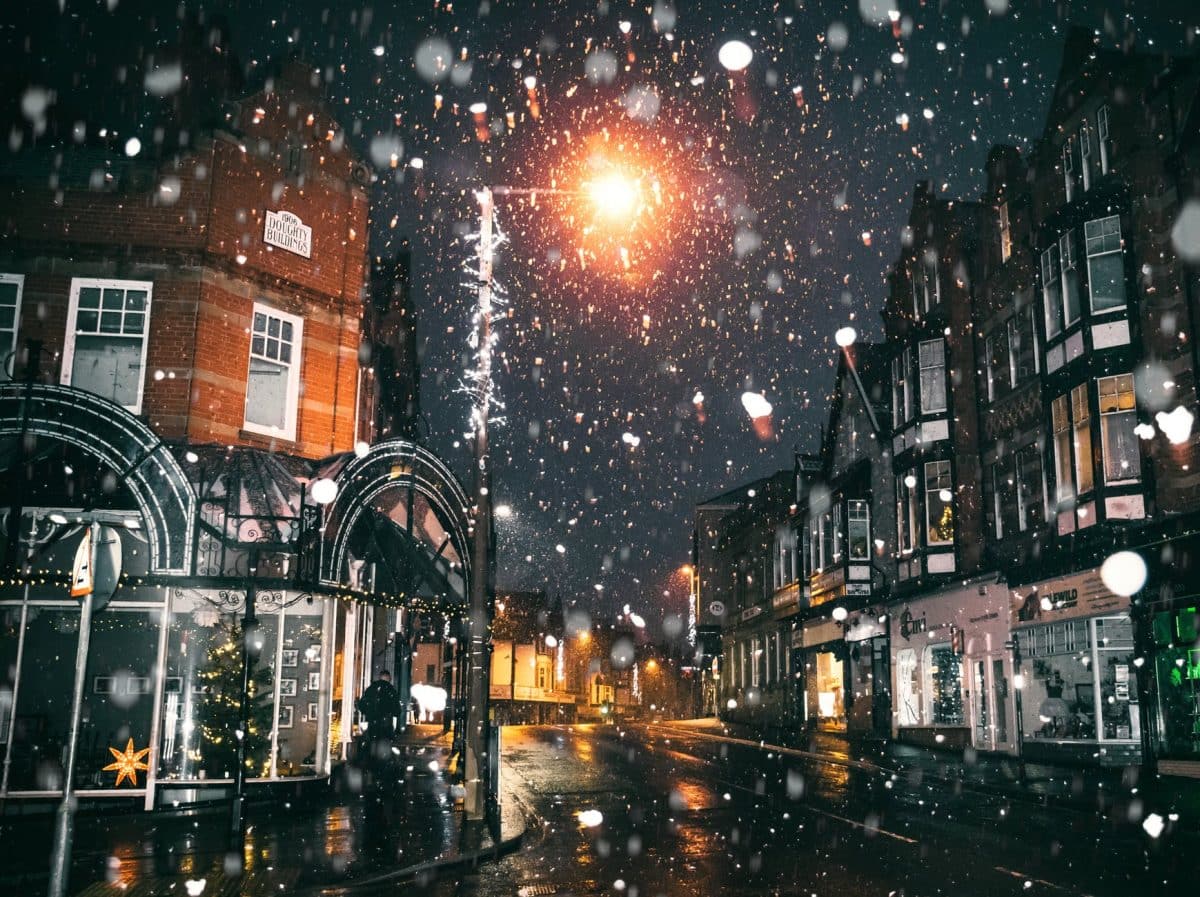If you struggle to take great photos at night or in complete darkness due to lack of light, you can use external light sources like street lamps or car headlights in the background. These lights can be reflected to create stunning photographs during nighttime.
There are no strict rules for night photography; the process is similar to other photography types. The key element is the light source. Any change in the light while shooting can result in poor-quality images.
If you don’t have enough light for photography, try to make the most of any available light source.

Taking photos with available light is a unique skill. Here are some tips for great night photography.
- Use a tripod when shooting at night – it’s essential for mastering night photography.
- Familiarise yourself with your camera’s manual and settings, especially shutter speed and aperture, to understand how to adjust them.
- Use a shutter release cable or wireless remote, which you can find at most camera stores. This lets you take the shot without physically pressing the shutter button, helping avoid camera shake. Many remotes also include a timer function.
- Make use of the mirror lock-up feature to reduce vibration by allowing the mirror to lift before taking the photo. The viewfinder shows exactly what the lens sees, helping you compose the shot carefully.
Now that you have these tips for night photography, let’s discuss how to put them into practice.
Step 1: Use your tripod to set up the shot you want to capture and focus on what your eye finds interesting. Set your camera to manual mode and activate the mirror lock-up function.
Step 2: Adjust your ISO and aperture settings to achieve the best exposure for the image. If you slow your shutter speed, you can capture movement over time. For example, with a 10-second shutter speed, if you focus on the foreground while fifty cars pass through, you can capture the light trails. This technique is popular in night photography. The shutter speed and aperture work together to convey the type of subject you want to photograph.
Step 3: At night, long shutter speeds help capture movement in both the foreground and background. Make sure your camera is stable to avoid vibrations and prevent blur. For instance, taking a photo of the Eiffel Tower at night requires a steady setup like this.

